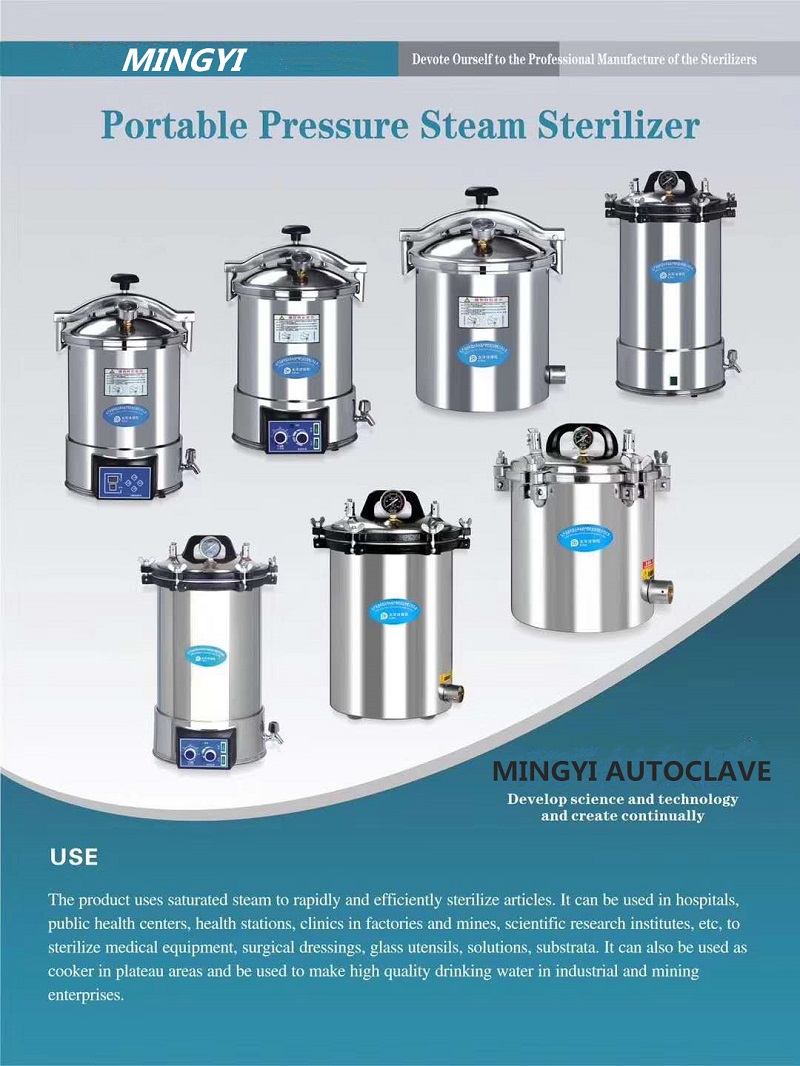Polyurethane direct buried insulation pipe has become a relatively mature advanced technology in some developed countries. In the past ten years, China's heating engineering technicians have been promoting the development of domestic pipe network technology to a higher level by digesting and absorbing this advanced technology. The practice results in more than ten years have fully proved that the laying method of polyamine cheese insulation directly buried pipe has many advantages compared with the traditional trench and overhead laying. This is also the intrinsic motivation for the rapid development of polyamine cheese insulation directly buried pipes in China's heating project.
Advantages of polyurethane direct buried insulation pipe:
1. Reduce project cost.
According to the calculation of the relevant departments, the double-regulated heating pipeline can generally reduce the construction cost by 25% (using FRP as a protective layer) and 10% (using high-density polyethylene as a protective layer).
2. Low heat loss and energy saving.
Since the direct buried pipe is insulated by polyurethane foam, the thermal conductivity is: λ=0.013—0.03kcal/m·h·oC, which is much lower than other commonly used pipe insulation materials, and the heat preservation effect is improved 4~ 9 times. Further, its water absorption rate is very low, about 0.2 kg/m2. The reason for the low water absorption rate is that the closed cell ratio of the polyurethane foam is as high as about 92%. The low thermal conductivity and low water absorption, plus the high-density polyethylene or FRP protective shell with good insulation and outer waterproofing, change the condition of the traditional ditch laying heating pipe “wet cotton quiltingâ€, greatly reducing the heating pipe. The overall heat loss, heat network heat loss is 2%, less than the international standard of 10%.
3, anti-corrosion, good insulation performance and long service life.
The direct-buried insulation pipe has a good anti-corrosion effect because the polyurethane rigid foam insulation layer is tightly bonded to the outer skin of the steel pipe to insulate the penetration of air and water. At the same time, its foaming holes are closed and the water absorption is small. The high-density polyethylene casing and the FRP casing have good corrosion resistance, insulation and mechanical properties. Therefore, the outer skin of the working steel pipe is hardly eroded by the outside air and water. As long as the internal water quality of the pipeline is well treated, according to foreign data, the service life of the polyurethane butter insulation pipeline can reach more than 50 years, which is 3-4 times higher than the traditional trench installation and overhead laying service.
4, a small footprint, fast construction, and environmental protection.
The direct buried heating pipeline does not need to build a huge trench. It only needs to bury the thermal insulation pipe underground, thus greatly reducing the project land occupation, reducing the excavation volume of the earth by about 50%, and reducing the civil construction and concrete volume by 90%. At the same time, the insulation pipe processing and the on-site trenching are carried out in parallel, and only the on-site joints can shorten the construction period by more than 50%.
In short, the polyurethane insulated direct-buried pipe not only has the advanced technology and practical performance that is difficult to compare with the traditional trench and overhead laying pipeline, but also has significant social and economic benefits, and is also a powerful measure for heating and energy saving. The adoption of direct buried heating pipeline technology indicates that the development of China's heating pipeline technology has entered a new starting point. With the further improvement and development of this advanced technology, it is imperative to directly replace the trench and overhead of the heating pipeline.
This article is reproduced from Langfang Zhongyang Insulation Materials Co., Ltd.: http://
Portable Autoclave is a small sterilization equipment, through heating, make the sealed pot produce steam higher than 100C, so as to achieve the purpose of sterilization.
The Steam Sterilizer mainly uses electric heating wire to heat water to generate steam and maintain a certain pressure. It mainly consists of a sealed barrel, a pressure gauge, an exhaust valve, a safety valve, a heating wire, etc.
Working principle:
In a closed steamer, the steam can not be spilt, and the pressure keeps rising, so that the boiling point of water increases continuously, and the temperature in the pot increases. Under the pressure of 0.1MPa, the temperature of the pot is 121. At this steam temperature, the bacteria and their high heat resistance can be quickly killed.
Portable sterilizer capacity: 18L, 24L.
More product information, please kindly contact our salesman.

Portable Autoclave
Portable Autoclave,Portable Dental Autoclave,High Pressure Portable Autoclave,Portable Laboratory Autoclave,Portable Steam Sterilizer,Portable Autoclave Sterilizer
Zhengzhou mingyi instrument equipment co.,ltd , http://www.mingyint.com